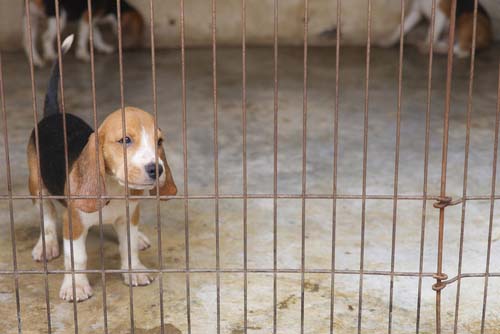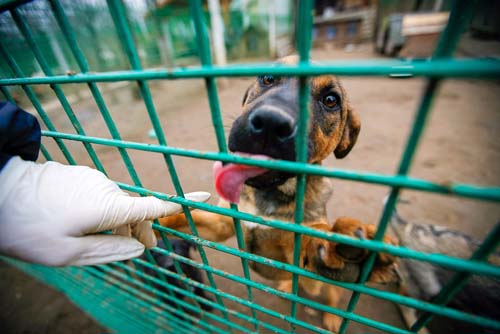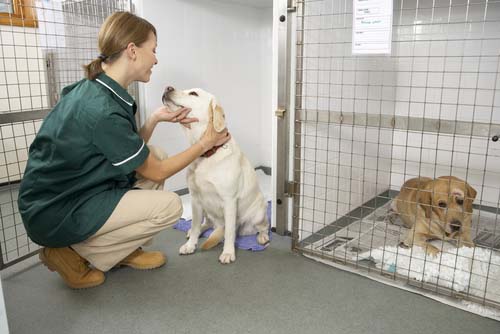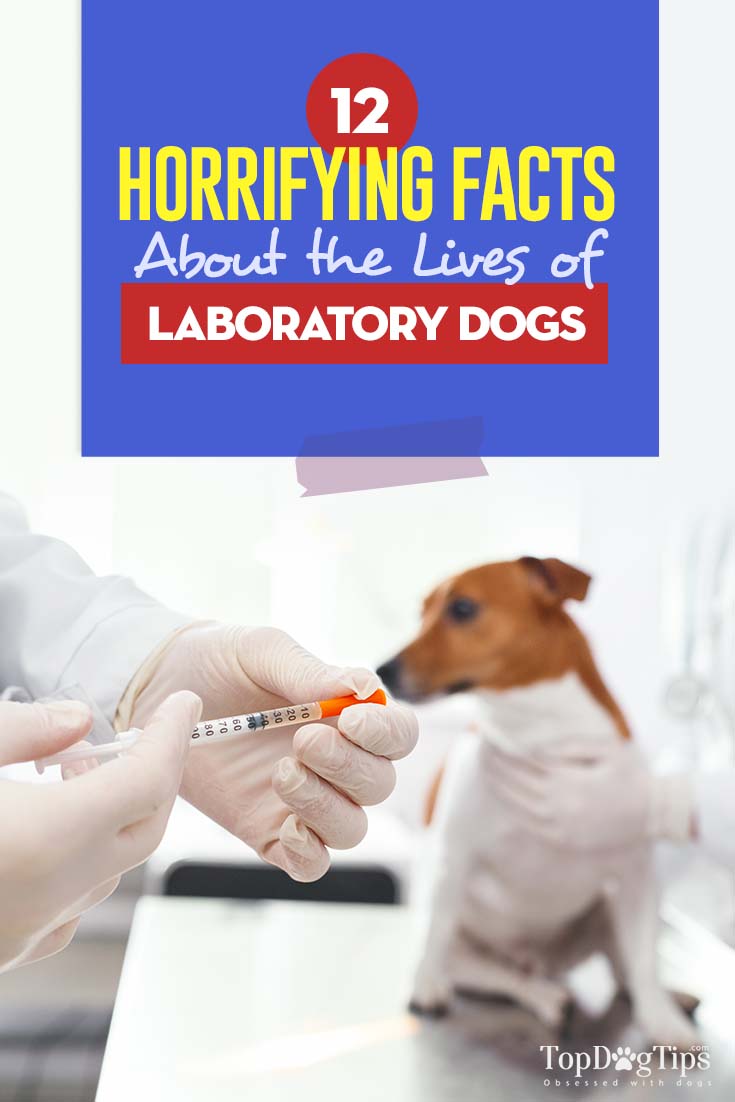It’s no secret that many companies use animals, specifically dogs, for research and development. Pharmaceutical and cosmetic name brands are especially notorious for doing these tests in the interest of improving the lives of humans.
The experiments done on laboratory dogs are supposed to help find cures for the sick, or develop better products and services that people might find useful and convenient. But these conveniences come at a price, as thousands of dogs pay for with their lives with every experiment. In April, more than 100 dogs were rescued from a laboratory in New Jersey.
Animal testing might have gone down in recent years but it’s still raising an ethical question for companies and organizations that continue the practice. Here are 12 horrifying facts about the lives of laboratory dogs.
1. Dogs have been used as lab subjects for centuries
Behaviorist Ivan Pavlov popularly used dogs as his test subjects in his experiment on classical conditioning in the 1890s. Before him, however, other scientists have used dogs to carry out tests and experiments that helped men develop a deeper understanding of anatomy, pathology or physiology, and other sciences, according to a study in journal Animals.
2. Dogs in labs stay in cages for years
Lab dogs don't get any exercise nor see the sunlight because they are always kept in cages that are too small for comfort. In 2014, the Royal Society for the Prevention of Cruelty to Animals (RSPCA) protested the size of the cages used in experiments in the U.K., which were at 4.5 square meters only.
3. Beagles are in demand for laboratory experiments
The most popular dog breed used in many laboratory experiments is the Beagle. In fact, some labs pay a premium to animal breeders for Beagles bred specifically for this purpose. Figures from a CBS report stated that thousands of Beagles have been used in research facilities in Chicago alone in 2013. Presumably, these animals are in demand because of their ideal size and friendly temperament that makes working with dogs more manageable.
4. Stray and shelter dogs end up in laboratories too
According to Cruelty Free International, there are laws that allow laboratories from the U.S. and Canada to acquire stray and shelter dogs that remain unclaimed or not adopted from animal shelters. The practice is also rampant in Australia. In Brazil, there are government-funded shelters that give the animals to scientists for experiments.
5. Lab dogs are trained to trust people who will hurt them
Most lab dogs are very smart and well-tempered because they have to be trained before scientists conduct experiments on them. To facilitate easier work, lab dogs have to learn to trust the people who will eventually poke needles on them, slice their bodies and brain, and do other cruel things, according to an expose on the Dallas Observer.
6. Some dogs are deliberately injected or fed with poison
In these experiments, some dogs are meant to have poison in their system in order for scientists to learn about toxicity. So, while humans safely benefit from using pesticides to get rid of bugs and other common household pests, for example, not many are aware that tests have to be done on dogs to ensure that products people use every day are not harmful to humans.
7. Some dogs are bred with genetic diseases
Some dogs have been purposely bred with genetic diseases and deformities so that scientists can understand the human physiology better. Dogs apparently have nearly identical physiology as humans. So, in order to find cures for human diseases, researchers use animals with genetic disorders for insights, information, and knowledge. When the experiments are completed, however, the animals might be euthanized in some labs.
8. Some scientists might eventually adopt the lab dogs
There are researchers who gain permission from their institution to adopt the lab dogs when the experiments are over, according to The Scientist. However, the process for adopting these lab subjects is not so simple because the permission needs the approval of many officials or agencies. Researchers willing to adopt have to prove that the lab dog won't become a danger or threat to the public as well. A study on PLOS showed, however, that majority of dogs that become home pets, particularly Beagles, have no problem adjusting to their new life.
9. Animal advocates are pushing for mandatory adoption
Many animal advocates, including the scientists who work on these dogs, have come together to convince state leaders to establish laws for mandatory adoption of laboratory dogs. According to the National Association for Biomedical Research, only California, Connecticut, Illinois, Minnesota, Nevada, and New York have these laws, while other states have tried but failed to get the law signed and there are states with pending deliberations of these laws.
10. Charities we support may be paying for animal testing
There are many well-known charities that pay for animal testing to find cures for AIDS, cancer, heart diseases, mental health, diabetes, and obesity. However, there are also organizations that do not do such cruel practices, such as CancerCare, The Trevor Project and Neuro Vitality Center.
11. Most animal tests results don't work with humans
An astounding 90 to 92 percent of animal tests don't work in the human trials. Most of the cures developed from these experiments are never commercially made for public consumption because of its risks and dangers.
12. Animal testing cannot provide useful results in the cure for human diseases
A study revealed that experiments on animals couldn’t sufficiently provide valuable results in finding cures for human diseases. Experiments that replicate diseases in laboratories are not reliable, even as dogs have similar physiology to humans. The study emphasized that the use of animal models might be harmful than helpful to understanding the human health.
Final Thoughts
It might be tough to topple down the system of animal testing. But you can show your support for the end of this practice by donating to advocacy groups that need public funding to survive. Your help can go a long way to finance the rehabilitation of former lab dogs or gather logistics to lobby for the creation of laws that fully protect the rights of animals.
READ NEXT: 15 Mind-Blowing Facts About Pet Homelessness


















